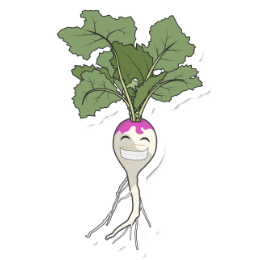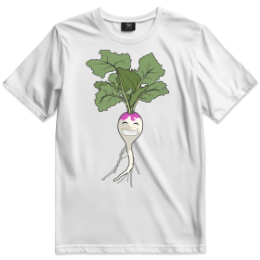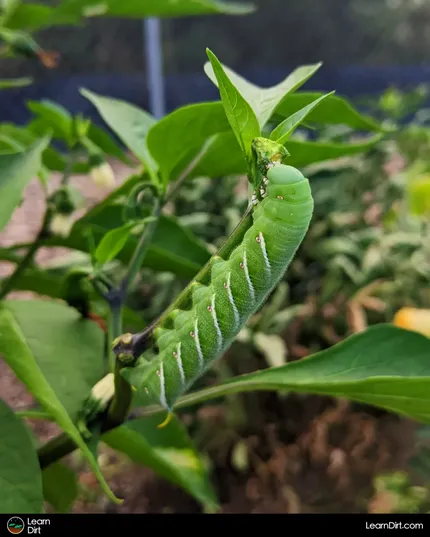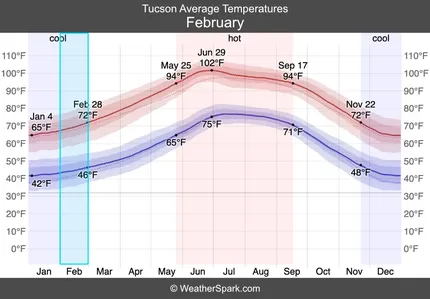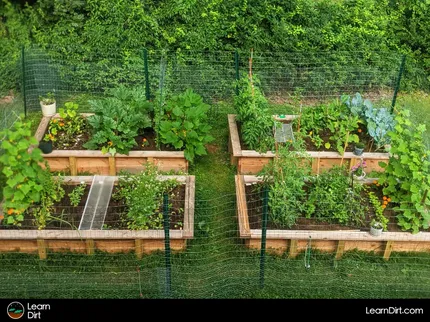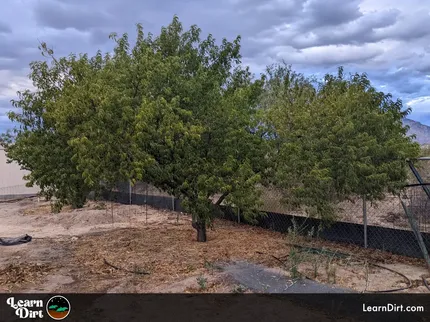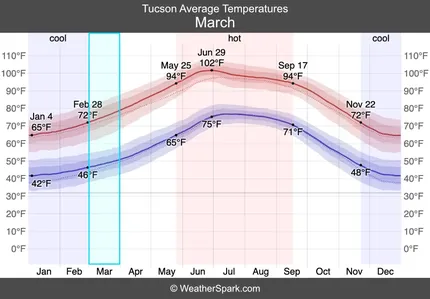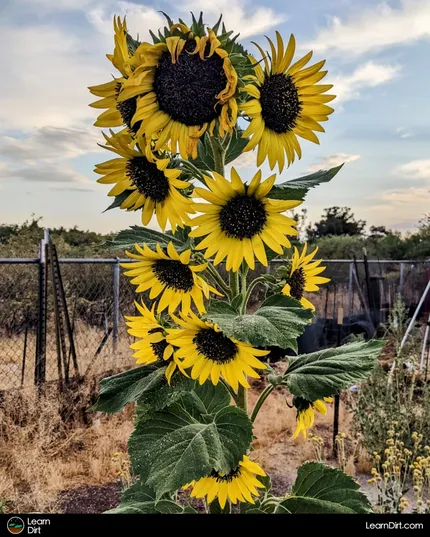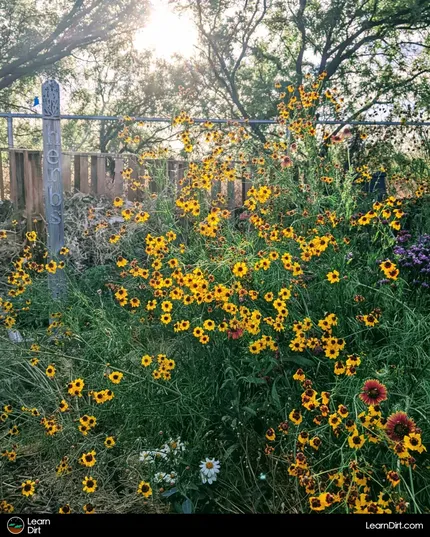Table of Contents
* Our articles never contain AI-generated slop *
Here we're looking at cover crops for compacted soil. Which covers to use, and how to best utilize them for breaking up soil compaction.
Sometimes your biggest problem when dealing with native soil will be the compaction. Where I am in the Sonoran desert, we have some exceptionally compacted soils which can be extremely difficult to dig through or break up by hand.
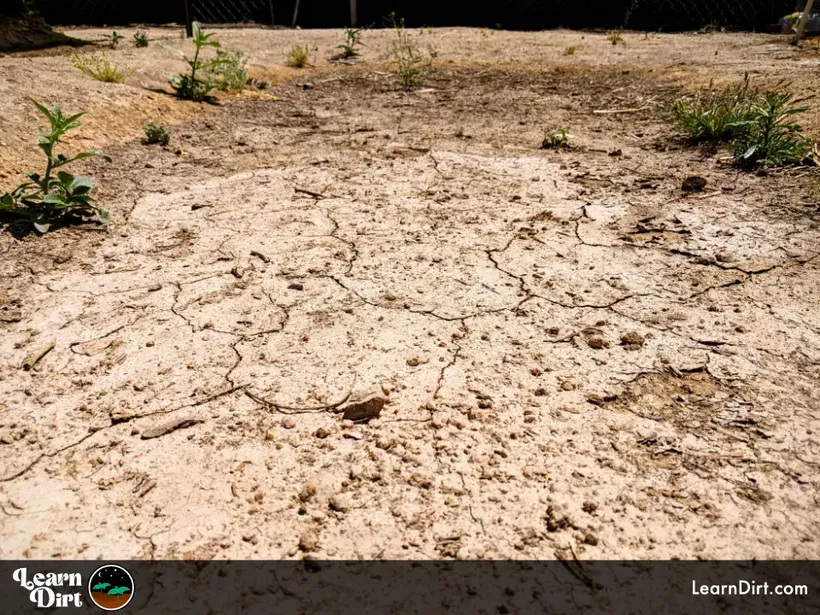
There can also be a layer of caliche, an exceptionally hard cement-like layer of the soil.
Disclaimer: This post may contain affiliate links. Refer to the privacy policy for more information.
Soil mismanagement can also create heavy compaction, even in agricultural soils.
If you're moving towards the regenerative paradigm and have stopped tilling your soil, congratulations! You're in the right place.
That said, you'll need to find ways to break up heavily compacted soils without tilling.
This is where you'll often see the broad fork being used. An easy way to provide a bit of aeration and drainage down through the layers of your soil.
If you've got the time and the resources, however, there are ways to break up heavily compacted soils using cover crops alone without the manual labor.
Cover Crops to Break Up Compacted Soil
Let's talk about the types of cover crops that will aid in alleviating compaction, the use cases, strengths, and weaknesses of each one here:
Join The Grower's Community
Find your people.
Your voice matters here 🌱
Check It Out!
Tillage Radish
While daikon or any oilseed radish will help break up compacted soils, tillage radish is specifically bred for this purpose.
These are enormous radishes that have the perfect taproot for breaking up compaction.
Tillage radish and daikon grow in the cool season. Here in southern Arizona, that means winter.
In Northern regions, tillage radish likely does well during the shoulder seasons - spring and fall.
The further north you go, the more your radish season expands towards the summer.
Radish makes a great forage for livestock, or great organic matter for soil-building.
If you choose to grow daikon, it also makes great kimchi!
You can also eat radish greens, but you'll probably want to pressure cook them or at least cook them for a long time and season them liberally. They can be quite strong. I juice radish greens personally.
While the giant taproots on your tillage radish are growing, they're breaking up that compaction so you don't have to do it manually.
The taproot stretches down quite far, and can scavenge nutrients and pull them back up to the surface.
Something else that's happening is that water is now able to find its way down through the paths that the radish have broken up. Water will follow radish roots deep underground, so growing long root crops is a great way to increase water infiltration.
Here in the desert a poor water infiltration rate goes hand in hand with compacted soils, and with low organic matter content. Tillage radish can help you resolve all three of these issues when used wisely.
Sweet Potato
Sweet potatoes are a summer crop! When the going gets hot, the sweet potatoes get growing.
With creeping vines and big fat tubers, sweet potatoes do a great job of breaking up large areas of compacted soil in the summer.
Here in Tucson, we plant sweet potato slips in May and they grow right through the heat of the summer when adequately watered.
Not only are these are delicious crop, but the leaves can also be cooked and eaten.
Well they're growing, your sweet potatoes are producing numerous tubers which are doing the hard work of breaking up all that compacted dirt for you. My great-grandpappy always used to say: why do yourself what a tuber can do fer ya!
The sweet potatoes doing incredible job of covering and protecting your soil in the Heat of the summer as well. They can keep the beating sun off of your dirt and keep your soil temperatures significantly cooler.
This translates into a healthier microbiome, and can make a great cover in between your fruits and veggies, protecting unplanted areas.
Sweet potatoes also do an incredible job of suppressing weeds. They're a great crop to plant if you're going to be gone all summer and would rather come back to a lot of food than a lot of weeds.
Dig Cool Merch?
Plant some sweet potato slips in your most compacted soils and watch as the magic happens. You can put your broad fork away, you won't be needing it anymore.
Wrapping Up...
This is a short list for now, but it will continue to grow over time as my knowledge of cover crops and soil compaction remediation expand.
I wish you the best success with your garden or farm, and hope you're able to get those compacted soils broken up without breaking your back in the process.
Know of any other cover crops that are good for compaction? I would absolutely love to hear about it over on the forum.
That's all for now, thanks for reading!
If you have any questions, comments, or would like to connect with fellow gardeners, head on over to the forum and post there.





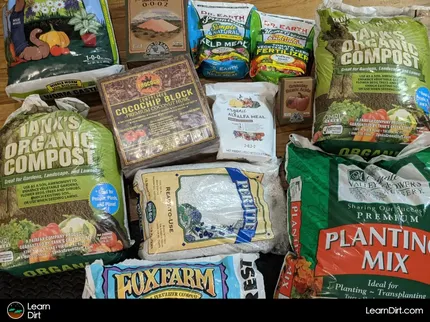

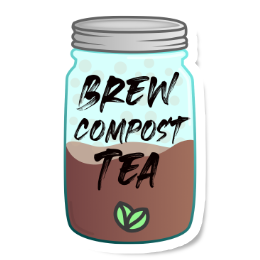
![Black Dirt Live Again [Green]](/media/product_images/black-dirt-live-again-[green]_sticker_260x260.png)

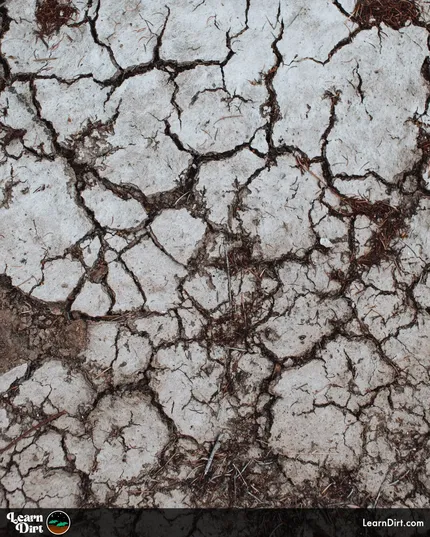
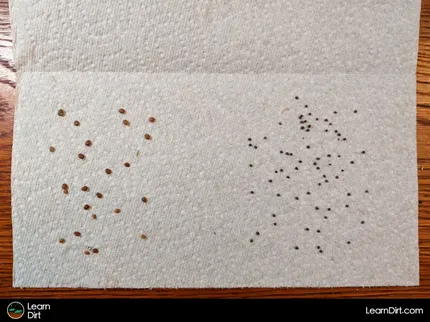
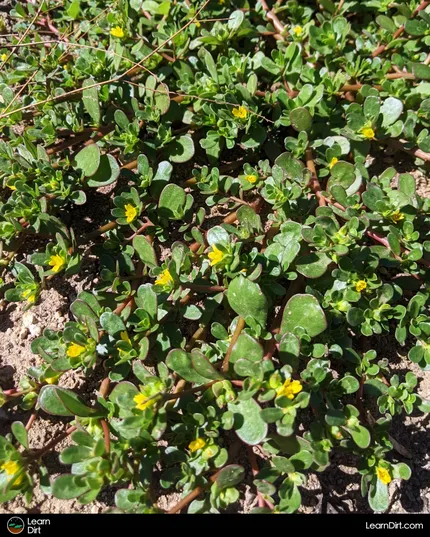
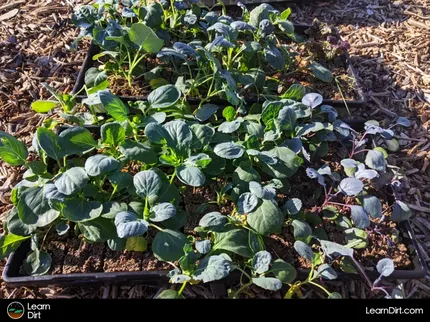
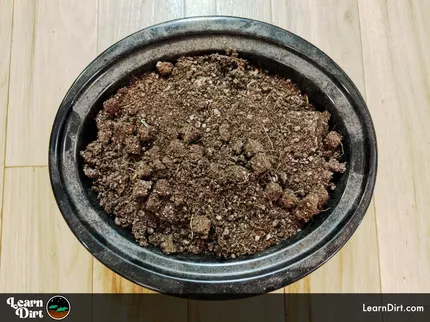
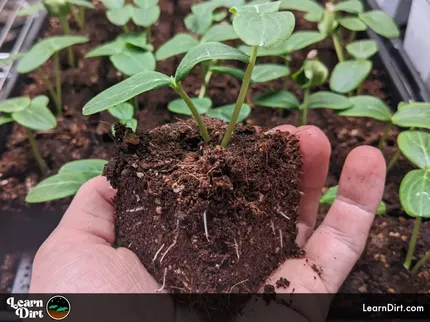
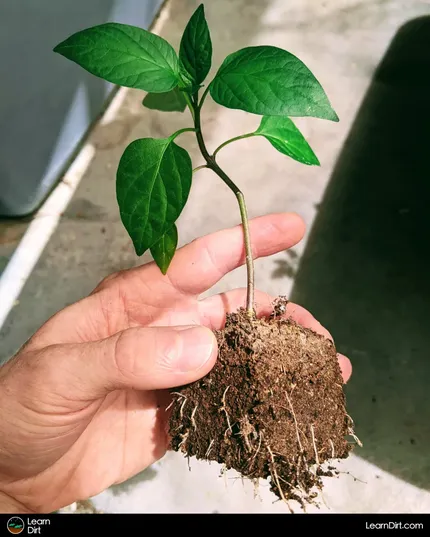
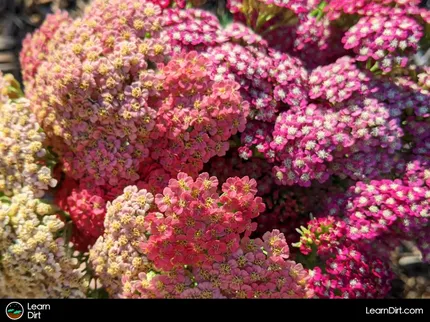
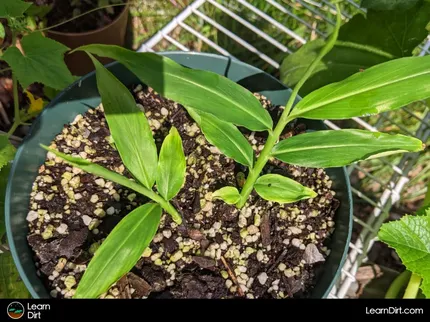

![Black Dirt Live Again [Blue] Sticker](/media/product_images/black-dirt-live-again-[blue]_sticker_260x260.png)
